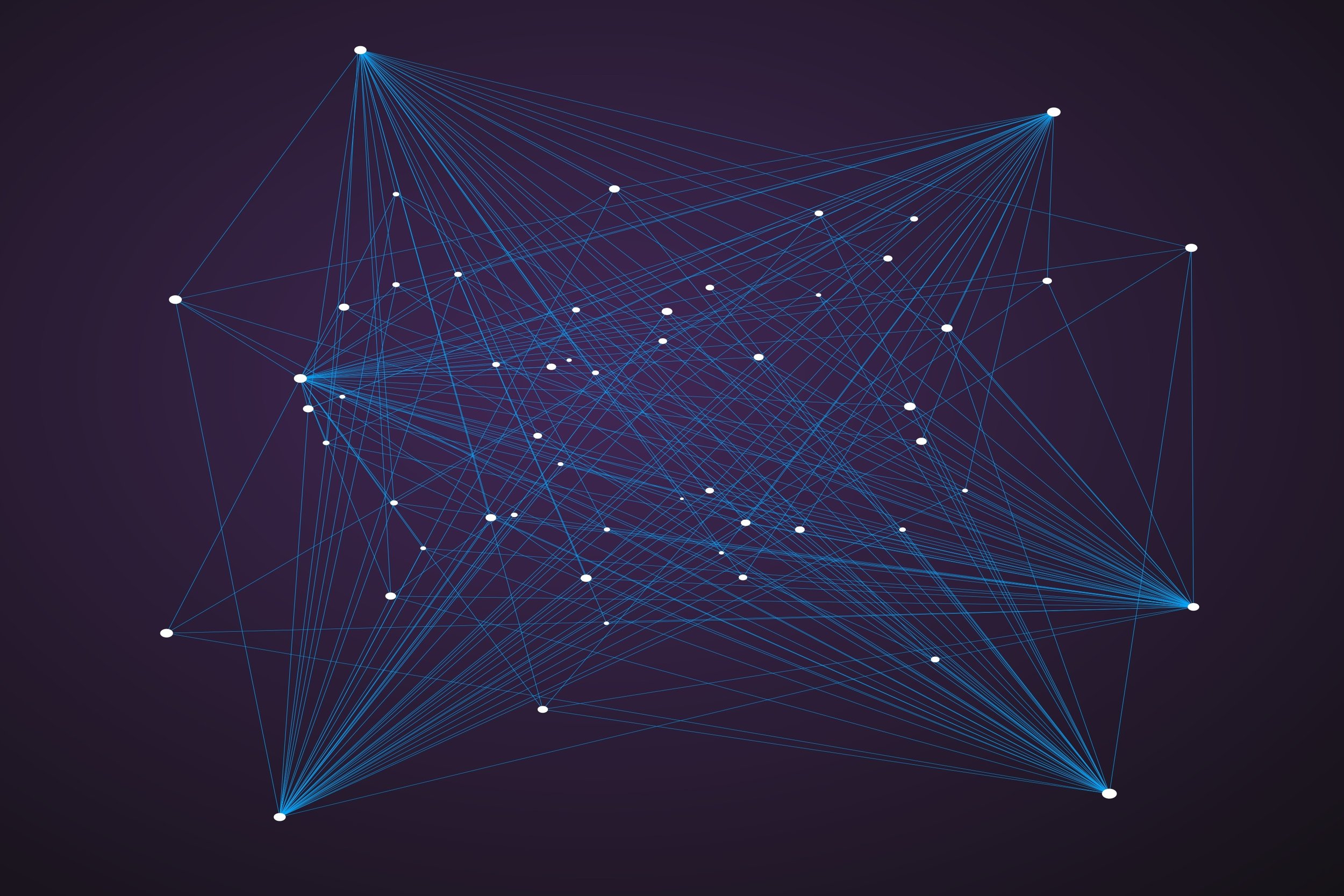Persistence refers to a system's ability to maintain itself as an entity. The notion of persistence generalizes the notion of survival in biology, but it can apply to non-biological entities like hurricanes or countries.
A hurricane moves in space and changes as it moves. Why do we continue to call it the same hurricane? It's the same hurricane because it has properties that remain the same or that change in particular, systematic, ways, and these properties distinguish it from its environment.
Persistence of a system can be achieved by many means, such as homeostasis, the maintenance of boundaries, or physical forces that maintain the system's structure or other properties.
A system's ability to persist as the same entity while still undergoing change suggests a notion of identity, or "self."
Another example is a child who grows up and becomes an adult. She is still considered to be the same person, the same entity. A country is often described as the same entity even when its government, or even its system of government, changes.
In order for a system to persist in this way, the system (its persistent properties) also has to have a certain amount of robustness to changes in its environment. If the system changed its properties in response to every change in the environment, we would not consider the system to have its own identity.
Fluctuation dissipation theorem
Restoring / maintaining homeostasis
Copyright © 2011 Yaneer Bar-Yam All rights reserved.
